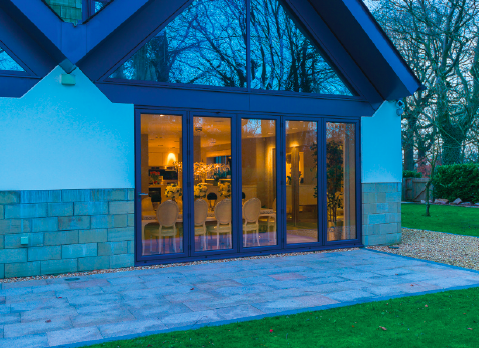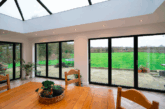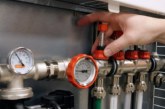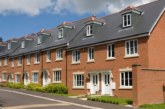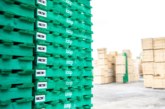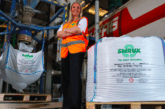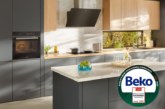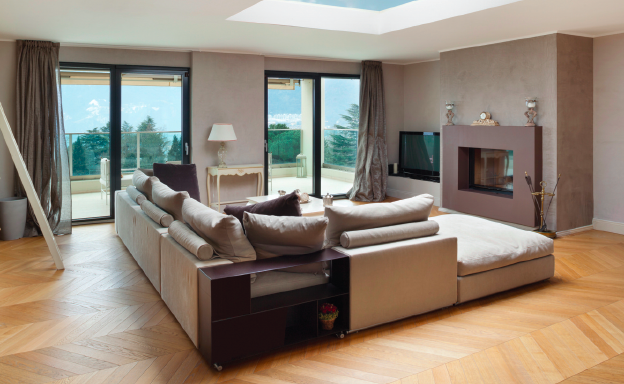
Here, Paul Higgins, commercial Director at tuffx, explains more about how glazing has now become a critical factor in the energy performance of buildings and explores innovative products designed to meet every sustainability and efficiency need.
Looking to the future
As the UK moves towards the ambitious Future Homes Standard (FHS), the construction industry is under increasing pressure to adopt technologies that reduce carbon emissions and improve energy efficiency. By 2025, all new homes will be required to produce 75- 80% less carbon than those built under current regulations.
The FHS is designed to ensure that new homes are zero-carbon-ready and equipped for a low-energy future. This involves not just efficient insulation and renewable energy sources but also intelligent materials that enhance the aesthetics and functionality of homes. Glass, often considered a design element, is now a critical factor in the energy performance of buildings.
As the housebuilding industry moves through these pivotal changes and prepares for future requirements, now is the time to explore glazing options specifically designed to be future-focused.
Multifunctional solutions
Glass is set to play a significant role in helping housebuilders and developers to meet the stringent new standards. One product innovation addressing the regulations and the need to deliver thermal comfort is heated glass for bi-fold doors. A direct replacement for traditional, primary heat sources, this integrated and invisible heating glass solution radiates warmth into the home.
Tuffx’s Future Homes Standard ready Glow-heated glass comprises a sealed unit layered with an intelligent conductive coating that is electrically heated to convert electric power into radiant heat yet has no visible trace of a heating system inside. The coatings used are completely undetectable, so from a homeowner’s perspective, the glass will look the same as in any other bi-fold door. An energy-efficient solution, the glass units are also thermostatically controlled, creating ambient temperatures perfect for installation within aluminium bi-folding door systems.
The glass surface temperatures reach 35-40°C, which are controlled via a wallmounted thermostat, allowing Glow to become the primary heat source. This also enhances interior floorplan and layout opportunities as it frees up wall space where traditional radiators would typically need to be placed. This radiant heat technology has an average hourly cost of around 9p per bi-fold door, so, for example, a three-door bi-fold configuration running for five hours per day will cost around £1.35 (based on an electricity cost of 25p/kWh).
From an aesthetic and maintenance point of view, heated glass dramatically reduces condensation, preserving uninterrupted views and potentially contributing to a healthier indoor environment. It also prevents mould or mildew growth and leads to clearer windows, which benefits those with respiratory issues. It also helps preserve the penetration of natural light, allowing homeowners to feel the full benefit of natural light pouring into the property.
 For ease of sequencing, as heated glass units are glazed similarly to conventional double-glazed units, installation is as standard. The electrical connections need to be carried out by a qualified electrician directly into the properties’ 240v mains supply. Another key benefit is minimal maintenance. It’s a hassle-free heating solution when compared to a traditional radiator or underfloor heating system, which requires regular balancing and servicing. As mentioned, transforming the bi-fold into the primary heat source removes the need for wall-hung heat emitters, freeing up space and enhancing those all important interior layout opportunities.
For ease of sequencing, as heated glass units are glazed similarly to conventional double-glazed units, installation is as standard. The electrical connections need to be carried out by a qualified electrician directly into the properties’ 240v mains supply. Another key benefit is minimal maintenance. It’s a hassle-free heating solution when compared to a traditional radiator or underfloor heating system, which requires regular balancing and servicing. As mentioned, transforming the bi-fold into the primary heat source removes the need for wall-hung heat emitters, freeing up space and enhancing those all important interior layout opportunities.
Sustainable low-carbon glass
One of the steps to decarbonising the glass industry is low-carbon glass, which is created with reduced carbon emissions involved in the manufacturing process. When used in windows, facades, or glazed areas, low-carbon glass supports the overall energy performance of homes, reducing operational carbon emissions over the lifetime of the building.
This glass, produced with lower energy consumption and fewer carbonintensive materials, contributes to a building’s overall embedded carbon – from construction to operation. The raw materials required to create low-carbon glass are also sourced with sustainability in mind, further reducing the environmental impact of production.
This innovative glass also offers superior insulation properties, preventing heat loss during winter and reducing the need for air conditioning in summer, further cutting energy use. Designed to withstand the test of time, low-carbon glass also reduces the frequency of replacement regardless of external factors like weather, temperature fluctuations, or normal wear and tear. As a result, this superior-quality solution has a longer lifecycle, lessening the need for maintenance tasks like cleaning and repairs, as well as the environmental burden of replacement.
Tuffx was the first manufacturer in the world to introduce low-carbon glass, which has been expertly designed without any compromises regarding quality and performance. Offering exactly the same aesthetics as the regular clear glass, the products contain 64% recycled content and manufactured using renewable electricity throughout the production process. This results in just 6.64kg CO2 content (equivalent m2 for 4mm of low carbon glass) and 42% less carbon footprint when compared with standard glass production.

